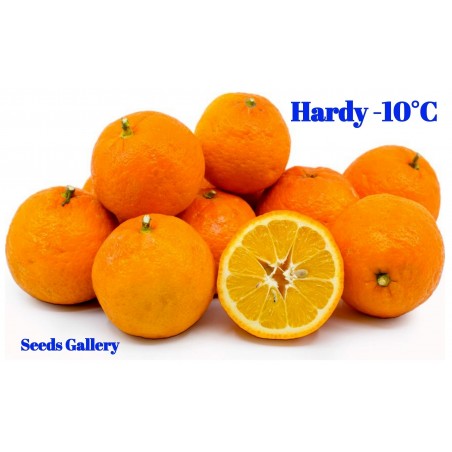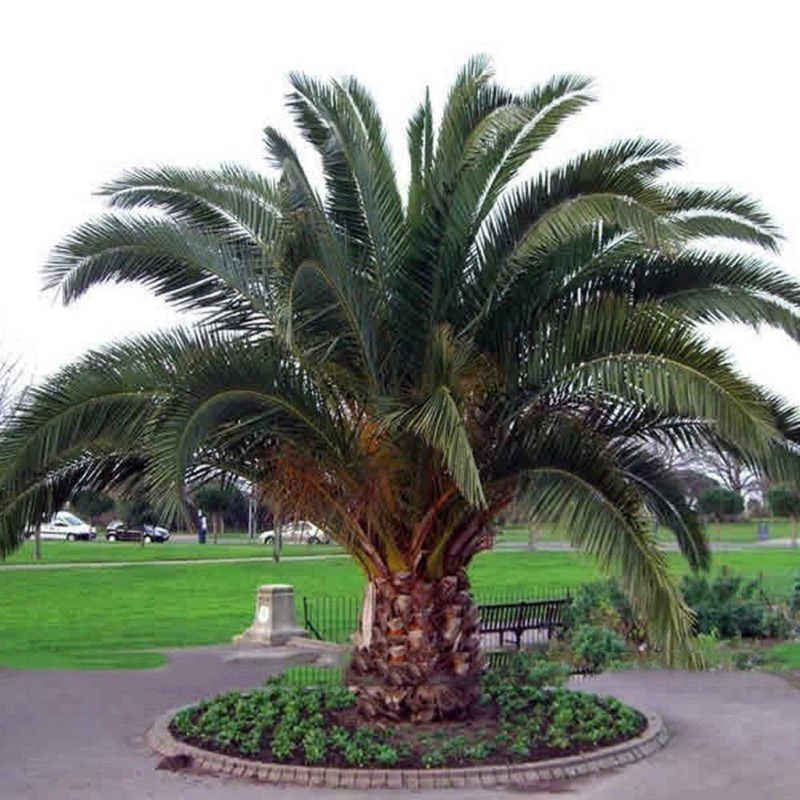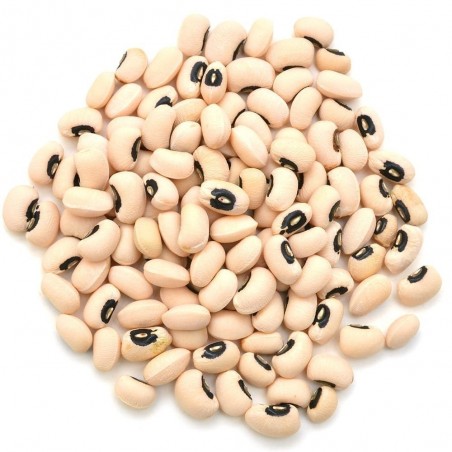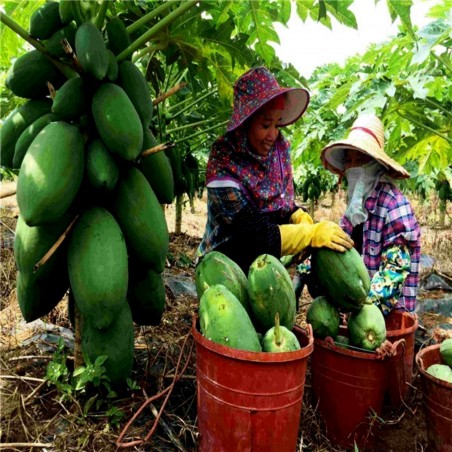
Canary Island Date Palm Seeds (Phoenix canariensis)
Canary Island Date Palm Seeds (Phoenix canariensis)
Price for Package of 10, 50 seeds.
Phoenix canariensis is a species of flowering plant in the palm family Arecaceae, native to the Canary Islands. It is a relative of Phoenix dactylifera, the true date palm. It is the natural symbol of the Canary Islands
Canary Island Date Palm Seeds (Phoenix canariensis)
Price for Package of 10, 50 seeds.
Phoenix canariensis is a species of flowering plant in the palm family Arecaceae, native to the Canary Islands. It is a relative of Phoenix dactylifera, the true date palm. It is the natural symbol of the Canary Islands, together with the canary Serinus canaria.
Description
Phoenix canariensis is a large solitary palm, 10–20 m (33–66 ft) tall, occasionally growing to 40 m (131 ft). The leaves are pinnate, 4–6 m (13–20 ft) long, with 80–100 leaflets on each side of the central rachis. The fruit is an oval, yellow to orange drupe 2 cm (0.79 in) long and 1 cm (0.39 in) in diameter and containing a single large seed; the fruit pulp is edible but too thin to be worth eating.
Names
The most used common name in English is Canary Island Date Palm. The common name in Spanish speaking countries and in the Canary Islands is palmera canaria. It has sometimes mistakenly been called a pineapple palm but, it is not related to pineapples at all, which are grown low to the ground and not on trees.
Cultivation
The Canary Island date palm is very widely planted as an ornamental plant in warm temperate regions of the world, particularly in areas with Mediterranean climates but also in some areas with a mild oceanic climate, such as Ireland and the Channel Islands.[2] It can be cultivated where temperatures never fall below −10 or −12 °C (14 or 10 °F) for extended periods, although it will require some protection if cold periods are longer than normal.
The palm is easily recognized through its crown of leaves and trunk characteristics. It is not uncommon to see Canary Island date palms pruned and trimmed to enhance the appearance.
When pruned, the bottom of the crown, also called the nut, appears to have a pineapple shape.
It has gained the Royal Horticultural Society's Award of Garden Merit.
Other uses
In the Canary Islands, the sap of this date palm is used to make palm syrup. La Gomera is where most of the sap is produced in the Canary Islands.
Invasiveness
In some mediterranean and subtropical countries, P. canariensis has proven to be an invasive plant. In New Zealand, it has invaded a range of habitats. New Zealand's Landcare Research has classified the palm as a 'sleeper weed' - "a plant that spreads slowly and goes unnoticed until it becomes widespread". It is also considered naturalised in Spain, Italy, Australia, Bermuda and parts of the United States (California, Arizona, Florida and Alabama).[5][6] In Auckland, New Zealand, the palm has itself become a host for the naturalised Australian strangler fig, Ficus macrophylla.
| Organic Seeds ? | Organic Seeds |
|---|---|
| Pretreatment of sowing ? | Remove pulp and clean the seeds before sowing. |
| Sowing depth ? | Germinate the seeds in a plastic bag with a paper towel |
| Life Cycle: | Perennial plant : Yes |
| Handpicked seeds ? | Handpicked seeds |
| Resistant to cold and frost ? | Cold resistant: to −15 °C |
| Suitable for growing in flower pot ? | Suitable for pot: Yes |
| Origin of seeds ? | Origin of seeds: Bosnia and Herzegovina |


Your review appreciation cannot be sent
Report comment
Report sent
Your report cannot be sent
Write your review
Review sent
Your review cannot be sent
🌍 Worldwide Shipping from the EU
We ship worldwide from the European Union using registered air post with signature confirmation on delivery.
📦 Tracking Your Order
Log in to your account and go to Order History > Details to find your tracking number.
You will receive email notifications at every step — please check your spam/junk folder if you don’t see them.
Track your package via:
⚠️ Important Notices
Cash on delivery is not available.
Always provide a valid mobile number with country code when ordering (e.g., +365 456 7686 576).
Do not order to P.O. Boxes or if you cannot be home to sign for the package. We cannot leave parcels with neighbors.
If a package sent to a P.O. Box is lost or undelivered, you lose the right to a refund.
📦 Lost, Returned & Reshipping Packages
For customers in Brazil and Mexico:
We cannot refund packages lost or destroyed by customs.
If your package is returned, we will refund only the product cost — shipping costs are not refundable.
You must pay return postage (€2) and any costs for reshipping.
If a package is returned to us for any reason, you are responsible for paying the return shipping (€2) plus the cost to resend the package.
🚚 Shipment Delivery
Registered shipments require a signature from the recipient.
If your tracking shows the package is still at the origin post office, it means the package is in transit — please contact your local post office directly for updates.
We are not responsible for delivery times and cannot track shipments for you.
📅 Delivery Options & Estimated Times
Delivery Option Processing Time Notes Priority Delivery Ships in 1-7 business days Prioritizes order processing (not guaranteed faster delivery); delays possible during holidays (3-10 days) Secured Delivery Ships in 1-7 business days Available for orders up to €150; refund if lost Standard Delivery Ships in 7-10 business days More economical; delays possible during holidays (7-14 days) Estimated Delivery Time:
Within the EU: 3–20 days
Worldwide: 5–30 days
Example delivery times to the USA:
Delivered in 13, 17, 19, 22, or 27 days.Note: Delivery times depend on your location and the local postal system. COVID-19 may cause additional delays.
💰 Shipping Costs
Shipping and handling fees are calculated automatically during checkout based on the weight of the parcel and the destination country.
⏰ Order Processing Hours
We do not process or ship orders on Saturdays or Sundays.
💳 Payment Options
Bank Transfer (SEPA / IBAN / SWIFT-BIC)
Include your order reference in the payment description (e.g., "SGS-19811702"). Orders without payment within 7 days are automatically cancelled.PayPal
Payments accepted in Euros only. Please select Euros at checkout.Card Payment
For card payments, visit our other site: Exotic Seeds Store
We accept Visa, MasterCard, American Express, CB, Diners Club, Discover, China UnionPay, JCB, and Discover.
⚠️ Transaction Fees
Customers are responsible for any transaction fees. Please provide payment details to help us process your order efficiently.
📢 Final Notes
Before placing your order, please check our website for any special notices, holiday schedules, or specific conditions that may affect your purchase.
Related Products





























